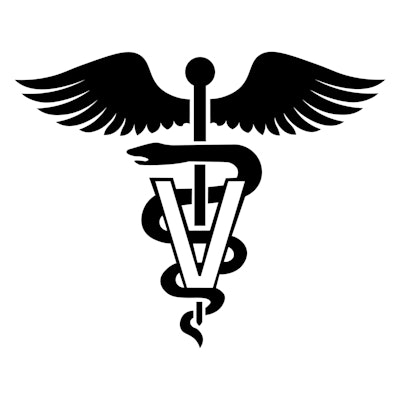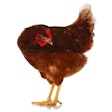
Whenever a mortality is discovered in a cage-free laying operation, appropriate monitoring and diagnostics must be done, said Dr. Daniel Wilson, founder and lead veterinarian, Wilson Veterinary.
During his talk, “Back to the Future – Vaccine Strategies for Cage-free Operations,” during the Virtual Georgia Layer Conference said that cage-free hens aren’t necessarily subjected to the same health issues as caged hens, and therefore, the tendency to just do a visual evaluation without performing a necropsy is unwise.
“We’ve created a system where there aren’t a lot of diagnostics done in egg production in the U.S. and we really need to revert to getting quality diagnostics done,” said Wilson.
And one of the best ways to do a quality diagnosis is to open up the bird and look at its internal organs for symptoms that might otherwise be overlooked.
“I can’t stress enough the importance of doing necropsies and having people open birds, having a veterinarian visit and open the bird, or just submitting birds to a diagnostic lab,” Wilson said.
Producers and veterinarians in many cases write off mortalities as an outcome of an environmental factor, a change in the birds’ feed and nutrition, or even a behavioral issue, but Wilson advises against making such quick judgments.
“Really, those things need to be assessed by opening the bird completely,” he said. “Too often, we see people just do a visual inspection of the outside of the mortality and they think they have it good, but they actually overlook a lot of underlying issues.”
The conference was held on September 25. Headlines from other topics discussed include:

















